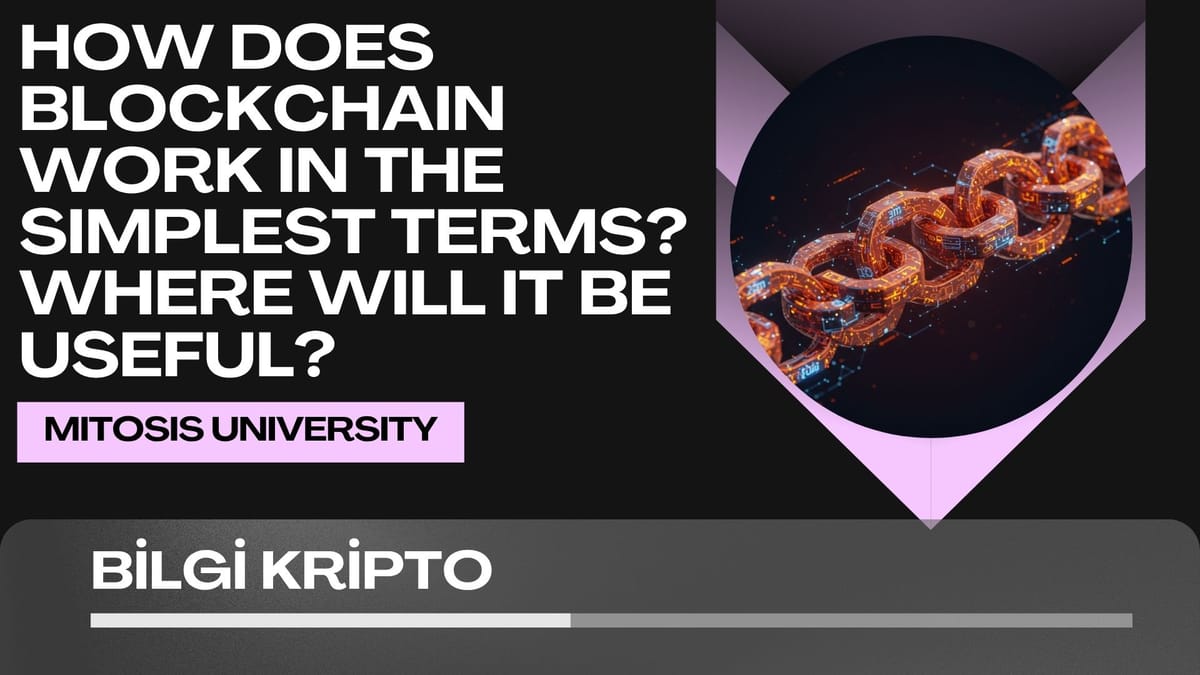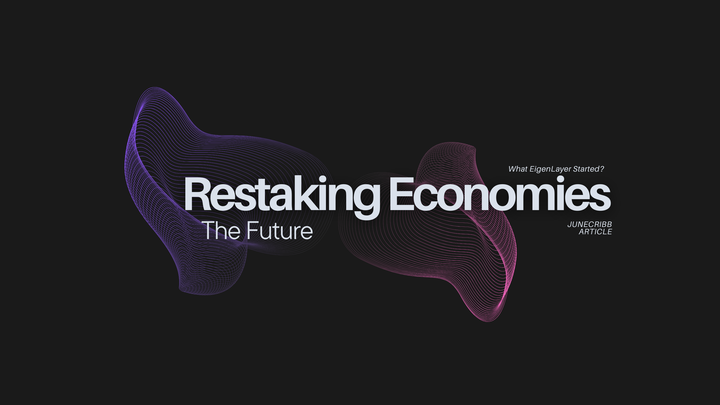How Does Blockchain Work in the Simplest Terms? Where Will It Be Useful?

Blockchain is a technology that we often hear about today, but still remains a mystery for many. However, it is based on a very simple logic at its core. In this article, we will explain blockchain in its most basic form, examine how it works, and explore how it can be beneficial in daily life.
What is Blockchain?
The term "blockchain" literally means "chain of blocks." And indeed, this technology is based on recording digital data in blocks and linking them together like a chain. What makes it special is that this data is not stored in a central location, but across thousands of computers around the world.
Each transaction is recorded as a block. These blocks are linked together in sequence and become immutable. In a way, blockchain is like a digital notebook. Everyone can see this notebook, but no one can erase or alter what was written in the past.
How Does Blockchain Work?
To understand how blockchain works, let’s go through a simple example:
Let’s say Nuri sends digital money to Merve . This transaction is sent to the blockchain network. The computers on the network (called "nodes") check whether the transaction is valid. If it is approved, the transaction is written into a block.
This new block is then added to the end of the previous blocks. This chain structure makes the system resistant to tampering. If someone wants to change an old block, they would have to alter the entire chain, which is nearly impossible.

Key Features of Blockchain
1. Decentralization
In traditional systems, data is stored on a single server. If this server crashes or is attacked, the system fails. In blockchain, data is stored on thousands of different computers. This makes the system both more secure and more resilient.
2. Immutability
Once a transaction is recorded on the blockchain, it cannot be deleted or changed. This feature provides strong protection against fraud.
3. Transparency
All transactions on the blockchain are public. Anyone can view the transaction history. This creates great trust, especially in areas like public spending.
4. Security
Blockchain protects data through cryptography. Transactions are secured using special encryption methods. This makes it nearly impossible for malicious actors to alter the data.
5. Speed and Efficiency
In traditional banking systems, money transfers can take days. Thanks to blockchain, transactions can be completed in minutes or even seconds. Also, since intermediaries are eliminated, costs are reduced.

Where is Blockchain Used?
Blockchain is not only used for cryptocurrencies; it can be applied in many different areas. Here are some examples:
Finance
Cryptocurrencies like Bitcoin and Ethereum operate on blockchain infrastructure. In addition, banks have started using blockchain for international money transfers.
Supply Chain
The entire journey of a product from production to the consumer can be tracked via blockchain. This is an effective method in the fight against counterfeit goods.
Healthcare
Patients' health records can be securely stored on blockchain. This facilitates data sharing between different hospitals and increases patient safety.
Digital Identity
Identity information can be securely stored on the blockchain. This can prevent the use of fake identities.
Voting Systems
Blockchain can be used to create transparent and secure voting processes in elections. Each vote is recorded in an immutable way.
Key Components of Blockchain
1. Block
Each block represents a group of transactions. It includes transaction data, a timestamp, and the digital hash of the previous block.
2. Chain
Blocks are linked to each other in sequence. Each new block depends on the previous one. This structure ensures the security of the system.
3. Hash Function
Each block has a unique identifier created by a hash function. Even a small change completely alters this identity. This makes tampering with the system extremely difficult.
4. Consensus Mechanism
All nodes in the network must agree that a transaction is valid. This decision-making process is called consensus. The most commonly used methods are:
- Proof of Work: Computers solve complex mathematical problems.
- Proof of Stake: Users validate transactions based on the amount of assets they hold.
Advantages of Blockchain
- Secure transactions can be made without the need for intermediaries.
- Data is transparent and auditable.
- The system is resilient to attacks.
- Transactions are fast and low-cost.
Where Will Blockchain Actually Be Useful?
In daily life, blockchain technology can benefit us in areas such as:
- Secure digital money transfers
- Product tracking free of counterfeiting
- Confidential storage of personal data
- Automatic contracts via smart contracts
- Decentralized applications (dApps)
For example, you can verify whether a product you bought from a coffee shop is truly organic through blockchain. Or you can confirm that the copyright of a music track truly belongs to the artist.
Conclusion
Blockchain may seem complicated at first, but it is actually a highly logical and secure system. Today, this technology is not limited to cryptocurrencies alone; in the future, it could become an indispensable part of our lives in healthcare, education, commerce, and many other fields.
Although it is a relatively new concept, blockchain is laying the foundation for fairer, more transparent, and more reliable digital systems with the features it offers in transparency, security, and speed


Comments ()